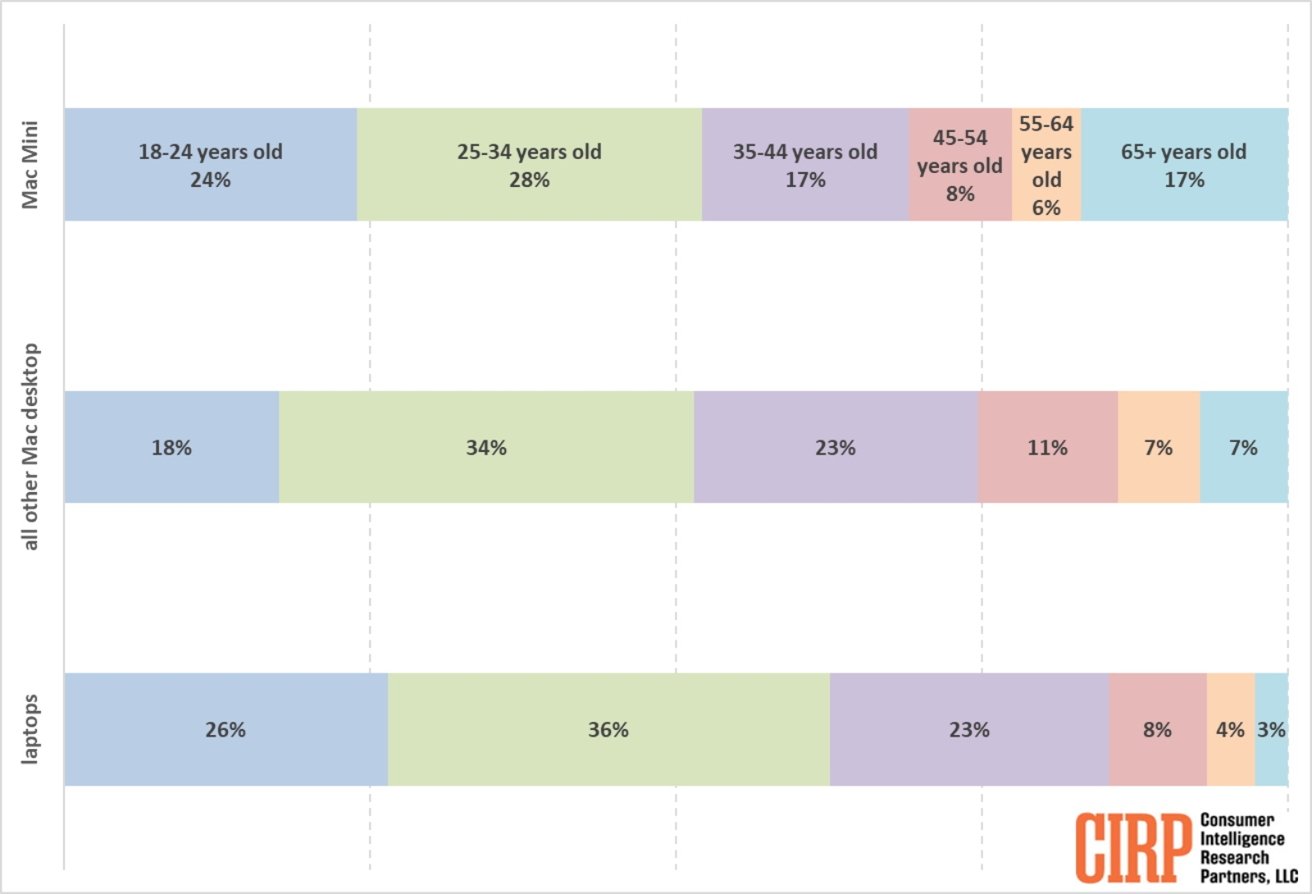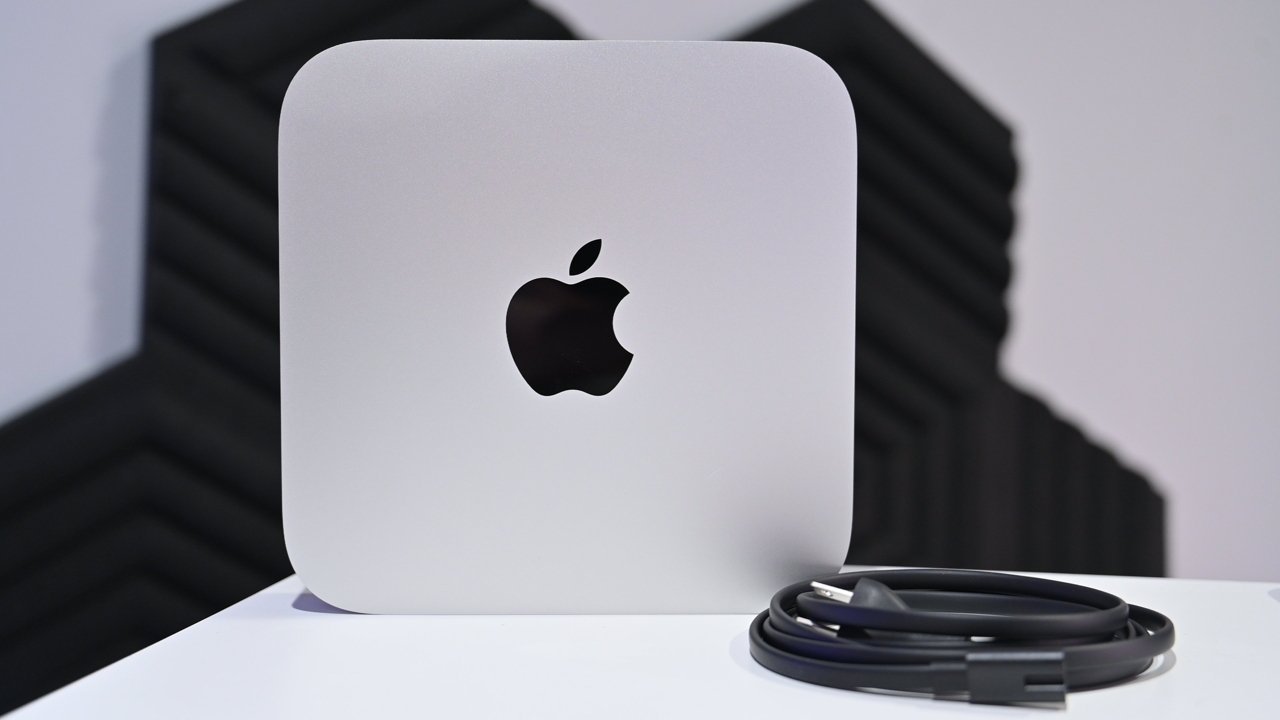Originally a low-cost entry into the Apple ecosystem, the Mac mini has evolved into a versatile device, even though sales figures paint a mixed picture of its popularity.
First introduced in 2005, the Mac mini was designed as an entry into the Apple ecosystem. It is a compact box that can be paired with peripherals that the user already owns.
Nearly two decades later, the Mac Mini is still around, still being updated, and still selling – albeit only to a very specific group of people.
Recent data from Consumer Intelligence Research Partners (CIRP) shows that the Mac Mini appeals primarily to two different age groups – young and older. According to a study that collected 12 years of data on Apple consumer behavior, 41% of Mac Mini buyers are under 24 or over 65 years old.
By comparison, Mac laptop buyers tend to be younger: nearly two-thirds are under 34 and only 7% are over 55. The data suggests that the Mac Mini continues to serve its original purpose of providing an affordable entry into the Apple ecosystem.
Why the Mac mini is still important
However, these claims must be approached with a certain degree of skepticism. The market for a product such as the Mac mini has not been static over the last twelve years.
When CIRP first began tracking Mac mini buyers in 2012, the technology world was very different. The rise of cloud computing and the increasing importance of remote work influenced how and why people used the Mac mini.

Age demographics of Mac Mini and other Mac buyers (September 2012 – June 2024)
The Mac mini has found a market among developers, media producers, and small business owners who need a reliable, customizable, and compact desktop solution. These users may be looking for a secondary device to complement a more robust setup or a dedicated device for specific tasks.
In addition, the evolution of Apple Silicon has dramatically increased the performance of the Mac mini.
While younger and older users still make up a significant portion of the user base, the device’s evolving features have likely attracted a wider audience than the 2012-2024 data suggests.

